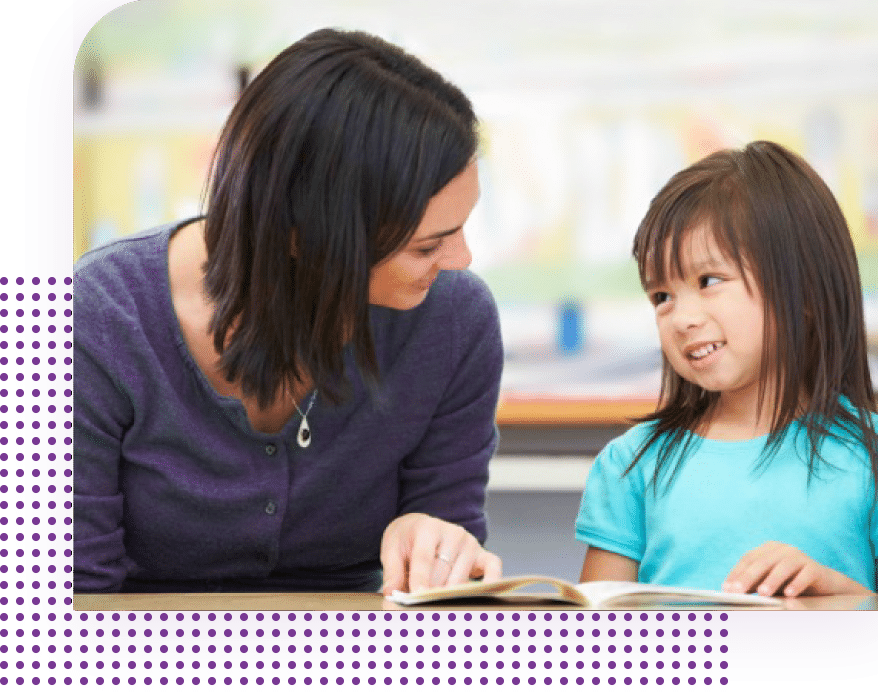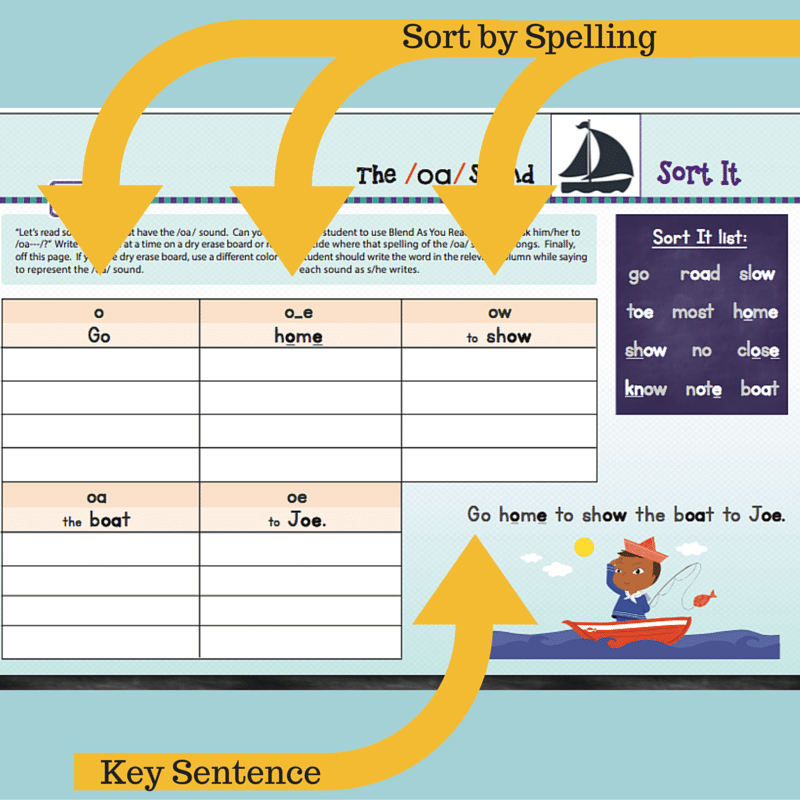There are literally millions of reading instructional activities available to each of us with a simple stroke of the Google keys. Many of them are super-cute, too, right? I know!
Which one should we use?
And when?
And why?
I feel The Overwhelm coming on again....
May we suggest another way? Keep the Reading Simplified Pathway in mind and just use a handful of reading activities:
These small handful of just 3 activities is our bread-and-butter with 4 year-old beginners and 10 year-old dyslexics. Yes, that's true.
That's it.
Then when we see a cute activity or we need to re-invigorate our student or reading group, we just consider, "Does this activity or idea move my student(s) forward on the Reading Pathway?"
And, "is this a tweak of one of my handful of activities?" If so, then we download, copy, and laminate the activity that's on our computer screen. If not, we click, "Delete."
No Overwhelm.












